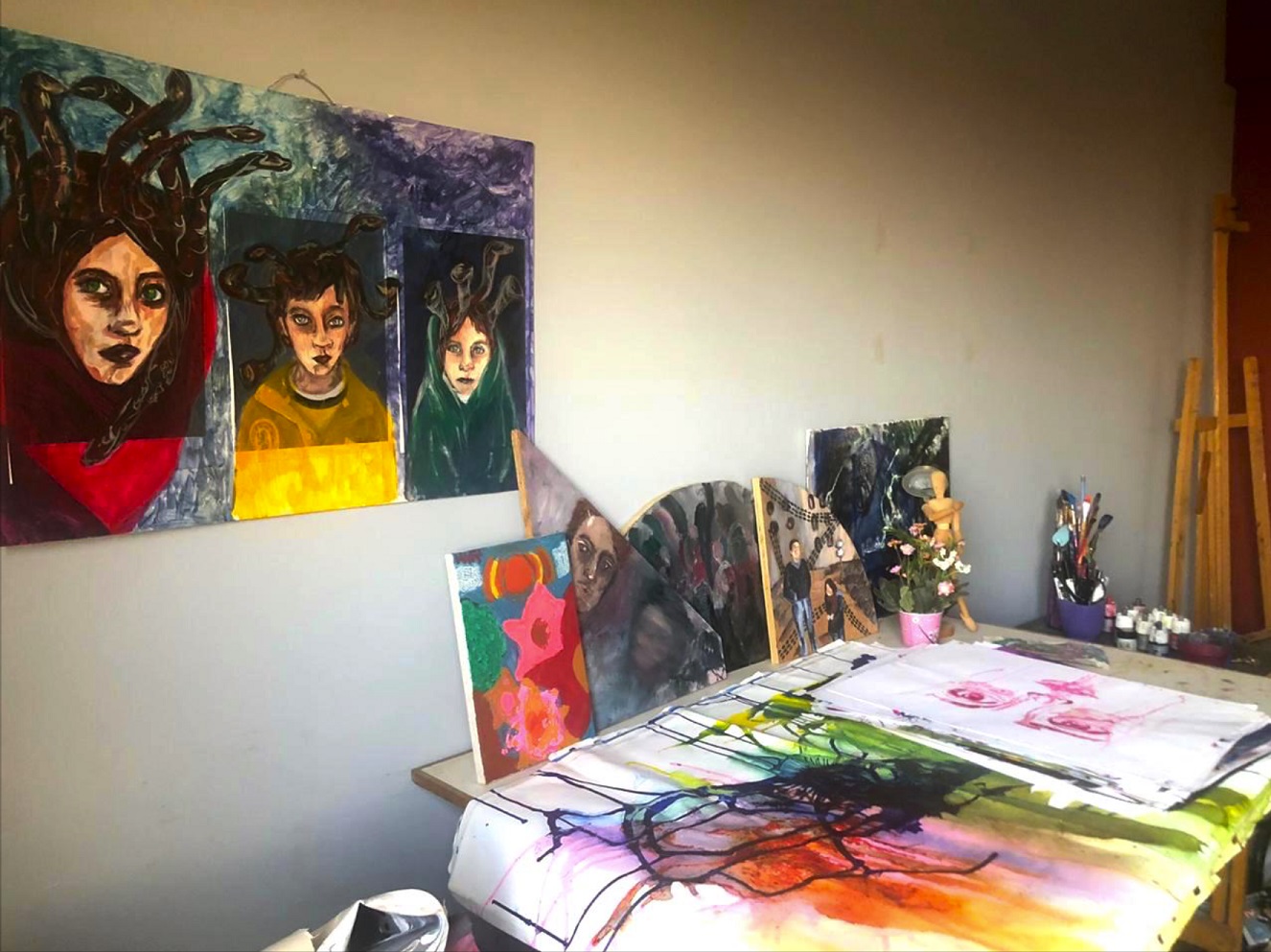While some jobs can easily be moved to Google Docs and Zoom calls in lockdown, artists face a unique problem that comes with the change in platforms and the taking away of community. Regardless, many young Egyptian artists, possibly encouraged by the abundance of free time and encouragement to explore their creativity during the pandemic, have taken the opportunity to advance their craft. Some have even found the slower workflow beneficial to their creations. Among those artists is Khadija El Sharawy, who works as a senior graphic designer at a branding agency in Cairo. Since the start of lockdown, she has been working remotely. Art has its different meanings for each artist. For El Sharawy, art is about being curious; she likes to constantly discover and experiment with different media in visual arts including drawing, painting, experimental typography and animation. Physical Movement and Artist’s Block “The flow is a constant fluctuating wave. Some days, I feel very productive and inspired, other days I’ve not wanted to pick up a pencil,” El Sharawy said. Artist’s block is a common experience to have during this time. In an article for The Washington…



